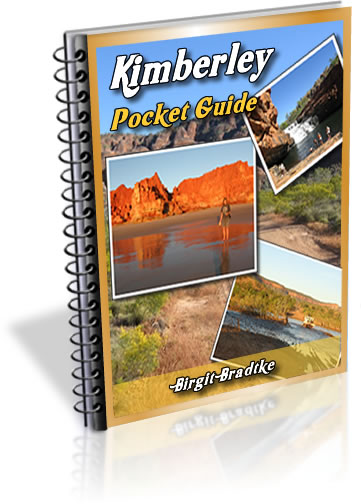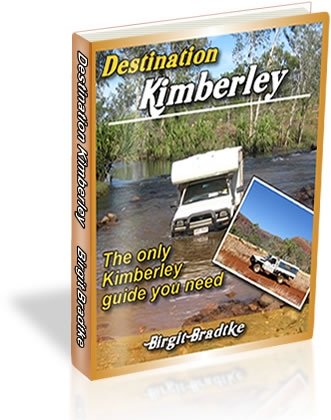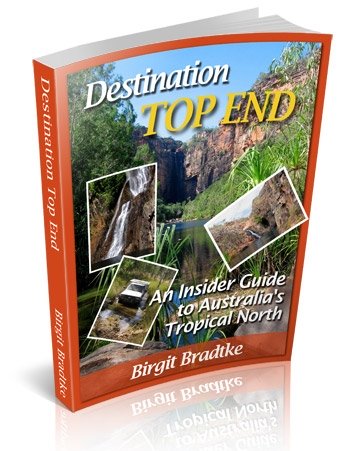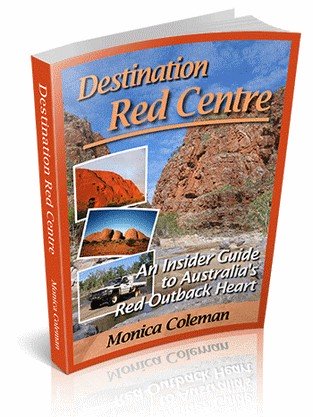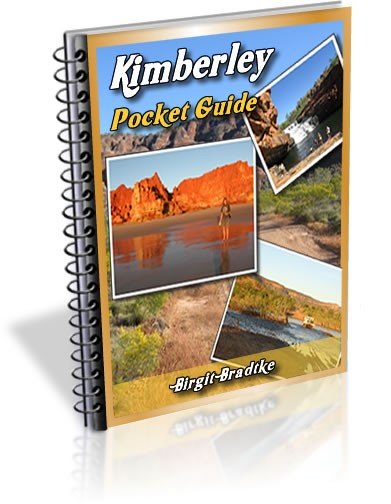Purnululu National Park
Facts and Background Information
Most people refer to Purnululu National Park as "the Bungles", or "the Bungle Bungles".
The maze of curious orange and black striped beehive shaped domes in Purnululu National Park is without a doubt one of Australia's most unusual and fascinating landforms.
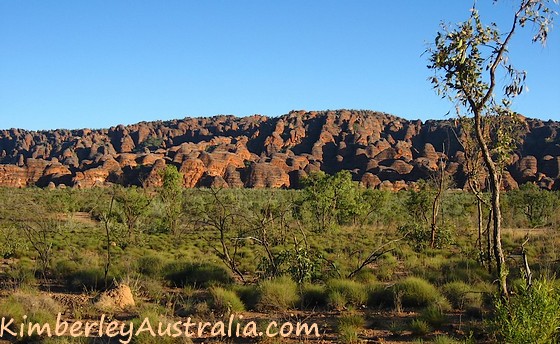 The beehive domes of Purnululu National Park, viewed from a distance.
The beehive domes of Purnululu National Park, viewed from a distance.© Photo by readers JD & Lise
You can find travel and visitor information for the Bungles here.
Below are some facts and background information about the park.
Purnululu And Bungle Bungle - The Names
In fact, to call the park or the area "Bungle Bungles" is technically incorrect. It's the Bungle Bungle, singular. Bungles is acceptable. Bungle Bungles? Never.
Where the name Bungle Bungle comes from is not clear. The Kija Aboriginal people, who have lived here for over 20,000 years, called the area Purnululu, the Kija word for sandstone.
Bungle Bungle may be a mangled version of that name, or maybe it stems from the name of the bundle bundle grass that grows in the region. (Not that that name makes any more sense...)
The name Bungle Bungle was first given to a nearby station in 1930. And in 1983, when the Department of Lands And Surveys had to call the range something, they named it after the station.
Purnululu National Park History
Clear is that the range, though only 100 km from the main highway, was only "discovered" by a film team in 1983.
The pastoralists in the area had known about it for longer, but they sure had other things to worry about in this harsh country. Only when a national television documentary crew turned its cameras onto the astounding orange domes did the world take note.
The WA government recognised the botanical importance of the area and also its significance to the traditional inhabitants. Purnululu National Park was established in 1987. It skyrocketed to world fame in no time at all. In 2003 Purnululu NP was inscribed as a World Heritage Area, thanks to its outstanding geological value and its incredible natural beauty.
Or-as the official listing criteria demand-"Superlative natural phenomena or areas of exceptional beauty and aesthetic importance"
Take a scenic flight over the towering domes, the network of narrow gorges running through them in endless twists and turns, the glow of the morning or afternoon sun, and you'll need no further explanation.
About The Bungle Bungle National Park
Today Purnululu National Park is jointly managed by the DPaW and by representatives of the two Aboriginal language clan groups who have traditional connections with the park, the Djaru and the Kija people.
The area of the Bungle Bungle range is about 450 km2. The national park is 239,723 ha in size. A 79,602 ha conservation reserve acts as a buffer zone to protect the range.
Next: The Geology of the Bungle Bungle Range - How the characteristic orange and black striped beehive domes were formed.
Skip to: Visitor Information for Purnululu National Park
Bungle Bungles National Park main page
Travelling to the Kimberley?
The FREE Kimberley Pocket Guide
A great introduction to travel in the Kimberley region and along the Gibb. This free resource will answer all the questions you might have in the early stages of planning a trip.
Destination Kimberley
The full Kimberley travel guide shows you how to make the most of your adventure at Australia's last frontier. Destination Kimberley includes the most detailed and most current guide to the Gibb River Road available anywhere. Also called "The Bible" by its readers.
Travelling to the Northern Territory?
Destination Top End offers the same comprehensive, detailed insider information for the tropical regions of the Northern Territory. Be the best informed traveller in the Kakadu, Litchfield and Katherine Gorge national parks and beyond!
A must have if you travel to or from Darwin.
NEW! Destination Red Centre is the latest addition in this popular series. Monica Coleman takes you through Australia's red Outback heart, offering all the detail and insider tips that you have come to know and love about our guides. With special emphasis on Aboriginal communities and culture.
A must have if you travel to or from Alice Springs/Uluru.
Next: The Geology of the Bungle Bungle Range - How the characteristic orange and black striped beehive domes were formed.
Skip to: Visitor Information for Purnululu National Park
Bungle Bungles National Park main page
